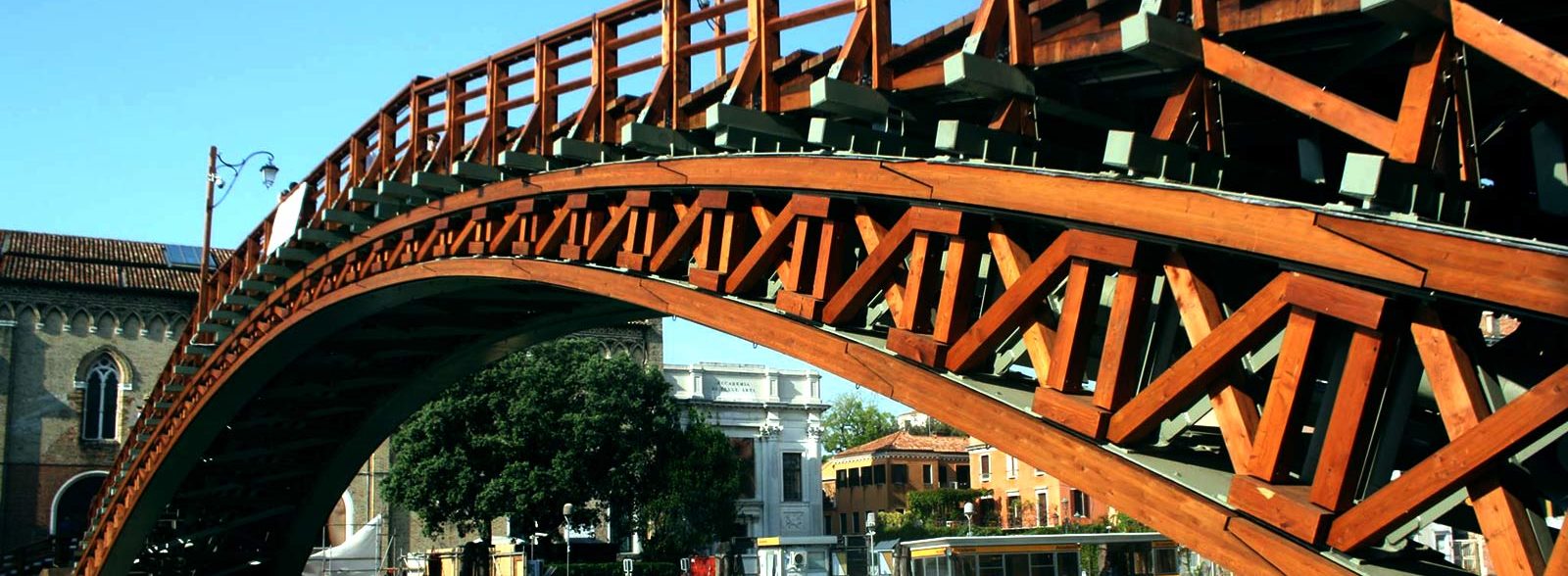The most iconic bridges in Venice
Do you know how many bridges there are in Venice? The exact number is 417, but only a few of them are really iconic and representative of the city.
You certainly know three of the four bridges we mention in this article, but we are sure you have never heard about the last one!
In some way, all these four bridges are a symbol of Venice and its history, and here we are going to tell you why, starting with the most photographed one of them all: the Rialto Bridge.
Rialto Bridge: the most iconic bridge in Venice
The Rialto Bridge was the very first bridge to be built in Venice. Originally, Venice had no bridges, not even one connecting the islands, then, together with the flourishing of Rialto as the commercial heart of the city, a bridge became necessary. Nicolò Barattieri built the very first version of the Rialto Bridge in 1181, but to see the bridge as it is today, Venetians had to wait until 1591, when Antonio da Ponte finally had his project approved by the Council of Ten.
Initially, the Rialto bridge was made of wood, with a movable part on the top to let the biggest boats easily cross the Grand Canal, and many shops opened there.
Nowadays, the Rialto Bridge is still full of shops, but now they mainly sell souvenirs. However, this is still one of the most beautiful and unique bridges in Venice, don’t you think so?
The Accademia bridge: the wooden bridge of Venice
One of the few wooden bridges that still stand in Venice is the Accademia bridge, which takes its name from the Accademia Galleries nearby.
Besides being one of the best spots to watch the sunrise from, it’s also one of the biggest bridges spanning the Grand Canal.
Despite what people might think, the Accademia Bridge is very recent. In fact, it was built in 1854 and it was made of steel, then it was demolished and rebuilt in wood in 1933.
The Bridge of Sighs: one of the most famous bridges in Venice
People usually associate the Bridge of Sighs to love, but this is not the reason why this bridge has its name. In fact, history teaches us that it was (and still is) the direct connection between the Doge’s Palace and the Prisons.
The bridge contains two parallel corridors, one that links the Prisons to the chambers of the Magistrato alle Leggi and the Quarantia Criminal, and the other that connects the prisons to the State Advocacy rooms and the Parlatorio.
The current name was given to the bridge during the Romantic period, referring to the prisoners who were going back to the Doge’s Palace to find out about their sentence. Tradition wants that crossing the bridge, every convict used to look out of the small windows to see the lagoon for the last time, letting out a sigh.
Ponte Chiodo: the bridge without parapets
This is a truly unique place in Venice, showing how bridges were in the past: with no parapets. This bridge is called “Chiodo” because it belonged to the Chiodo family, and nowadays is still private, so it would not be nice to cross it just to take a picture.
You can reach it in less than ten minutes on foot from our hotel, and we will be more than happy to tell you where to find it.
